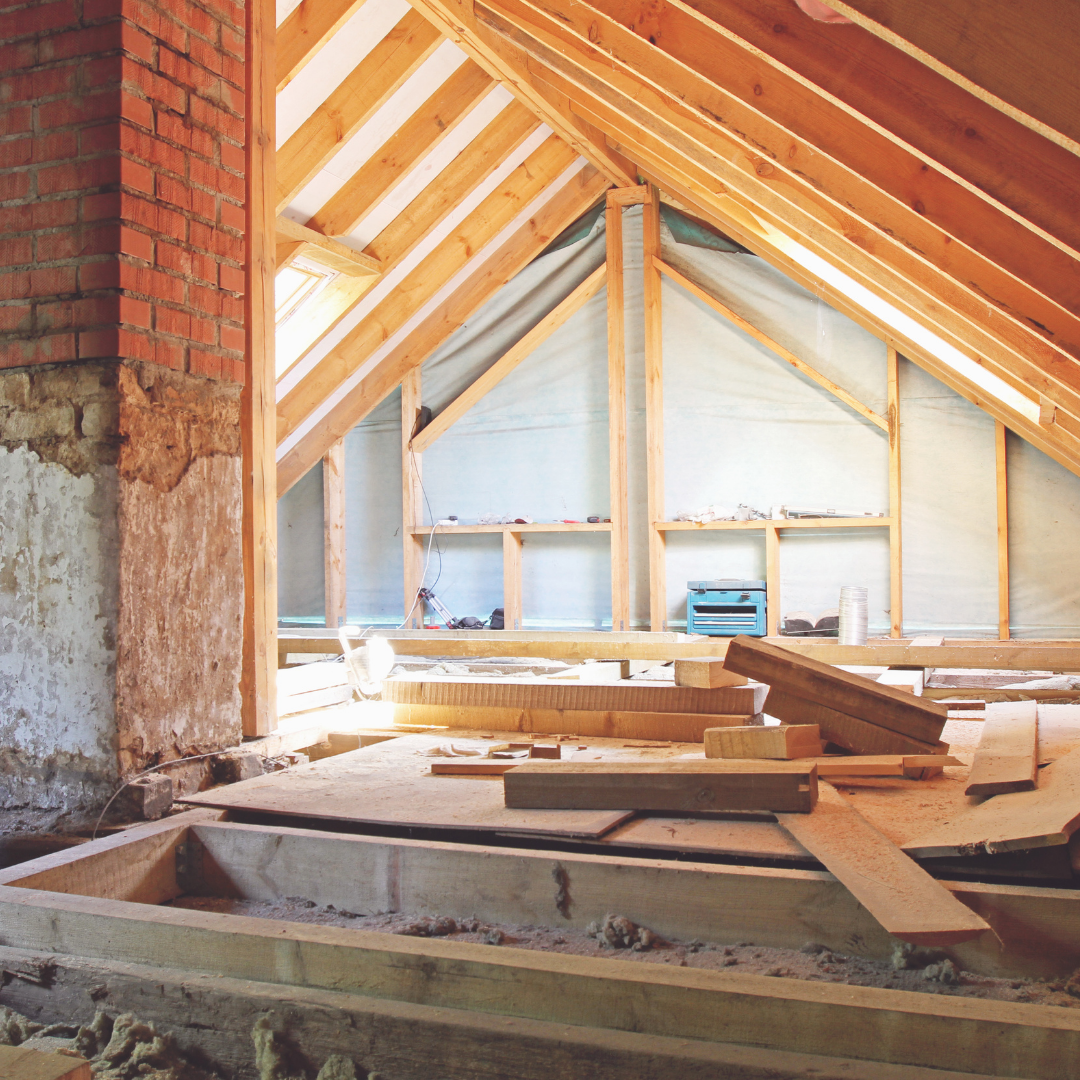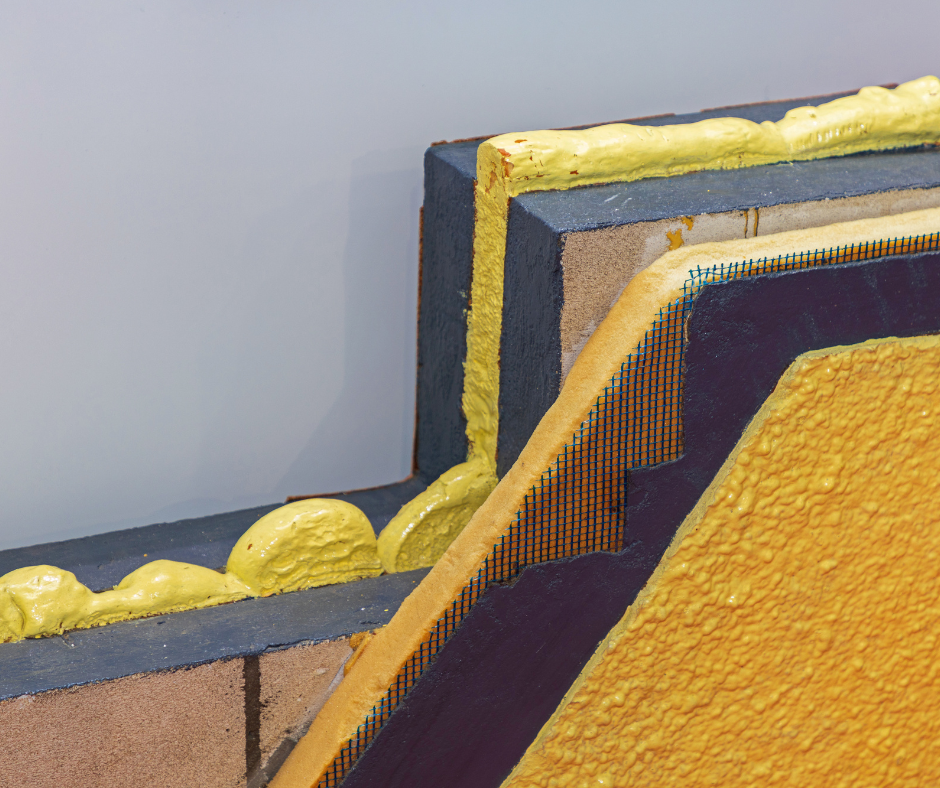Did you know that spray foam insulation is one of the best ways to improve the energy efficiency of your home? According to recent studies, spray foam can increase a home’s Energy Efficiency Rating (EER) by up to 20%. If you’re looking for a way to lower your energy bills and make your home more comfortable, then consider using spray foam insulation. In this blog post, we will discuss the top 5 reasons why you should use spray foam insulation in your home. if you’re considering upgrading your insulation, keep reading.
Top 5 Reasons to Use Spray Foam Insulation
When you use spray foam insulation, you will enjoy many benefits, however, the most highlighted 5 reasons are mentioned below:
Reason # 1: Easily Available on the Market:
Spray foam insulation is one of the most popular products on the market today. It’s easy to find and relatively affordable. You can purchase spray foam insulation at most hardware stores or online retailers.
Reason # 2: Saves Energy and Money:
As we mentioned earlier, spray foam insulation can help you save money on your energy bills. By insulating your home, you can keep heat in during the winter and out during the summer. This will help you achieve a more comfortable indoor temperature year-round. In addition, spray foam insulation has a high R-value, which means it’s effective at preventing heat transfer. As a result, your home will stay cooler in the summer and warmer in the winter, meaning you won’t have to use your heating and cooling system as much.
Reason # 3: Reduces Drafts and improves Indoor Air Quality:
Another benefit of spray foam insulation is that it can help reduce drafts and improve indoor air quality. By sealing off any gaps or cracks in your home’s envelope, spray foam insulation can help keep outside air from coming in. This is especially beneficial for homes in areas with high pollen counts or poor air quality. In addition, by reducing drafts, spray foam insulation can also make your home more comfortable. You’re less likely to feel a draft when you have the proper insulation in place.
Reason # 4: Prevents Moisture and Mold:
Spray foam insulation can also help prevent moisture and mold growth in your home. By sealing off any gaps or cracks where moisture can enter, you can create a barrier that will protect your home from water damage. In addition, spray foam insulation is also resistant to mold and mildew growth. Further, if you live in an area with high humidity, spray foam insulation can help prevent the growth of mold and mildew by creating a barrier that prevents moisture.
Reason # 5: Easy to Install:
Another advantage of spray foam insulation is that it’s easy to install. You don’t need any special equipment or training to install it properly. Simply follow the instructions on the product label and you can install it yourself in just a few hours. If you need further guidance on installing insulation, please contact our team today.

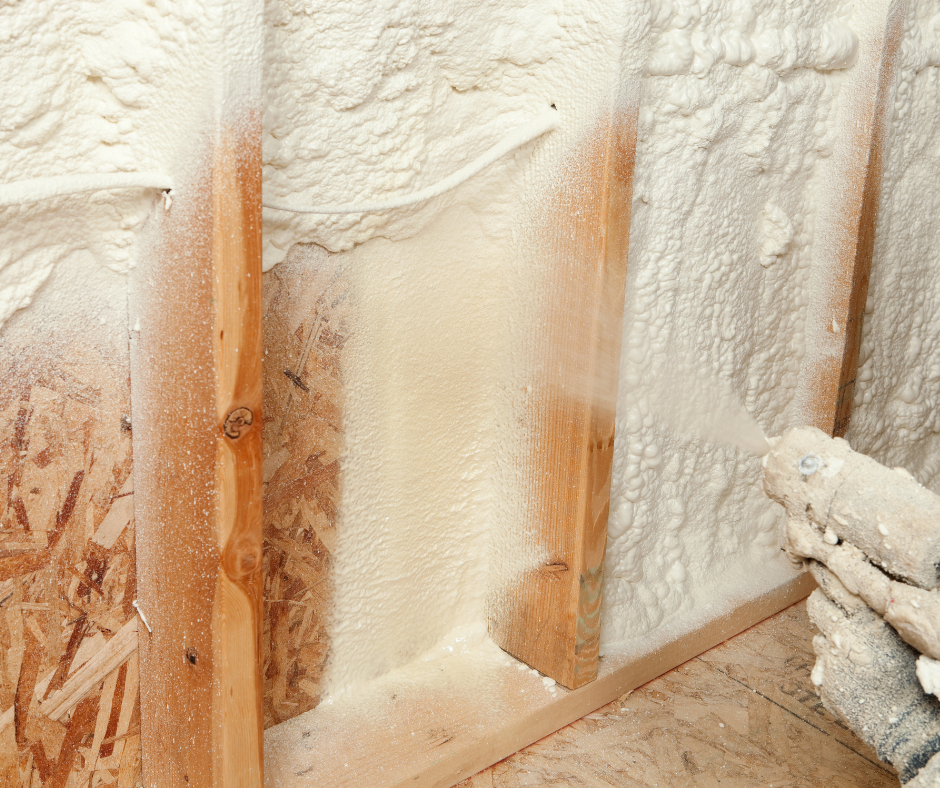
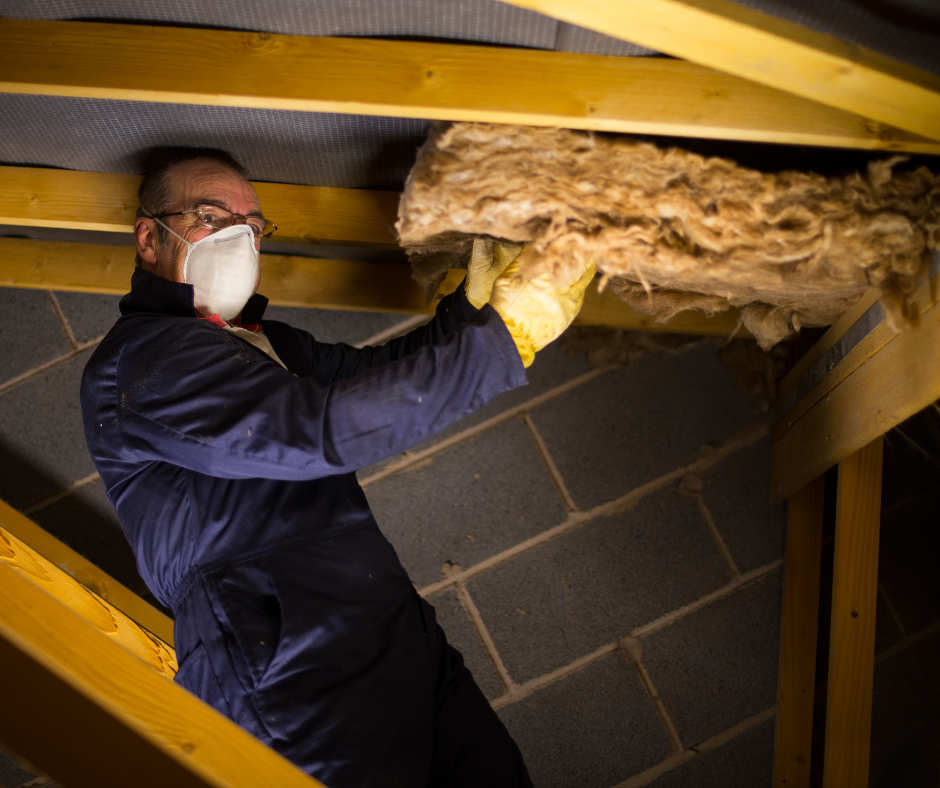
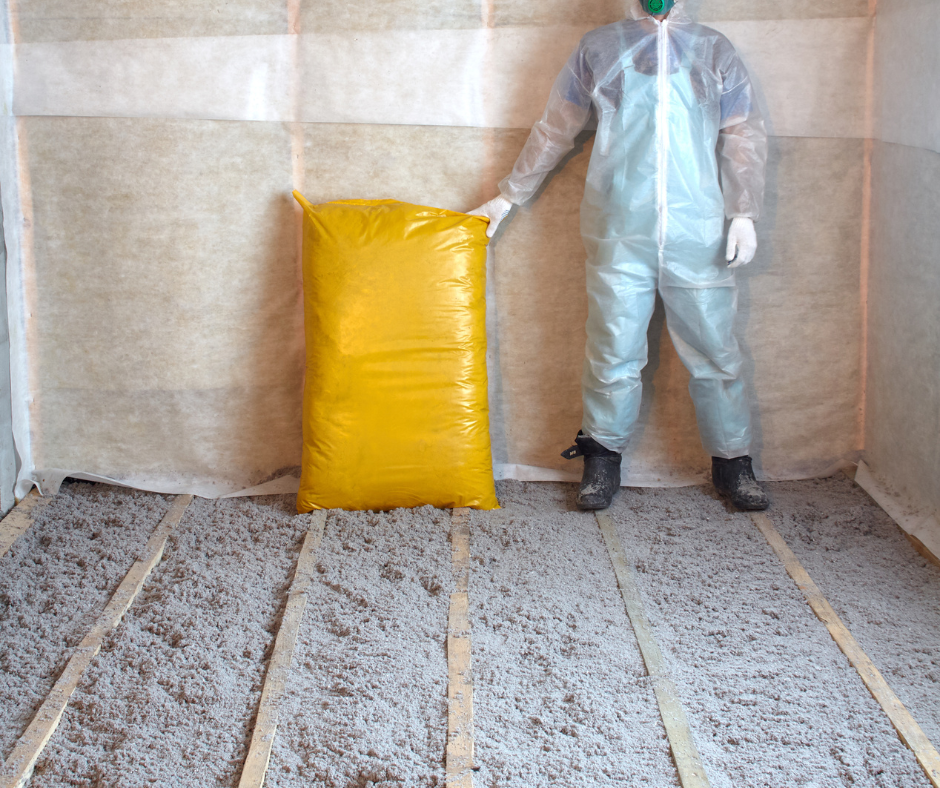

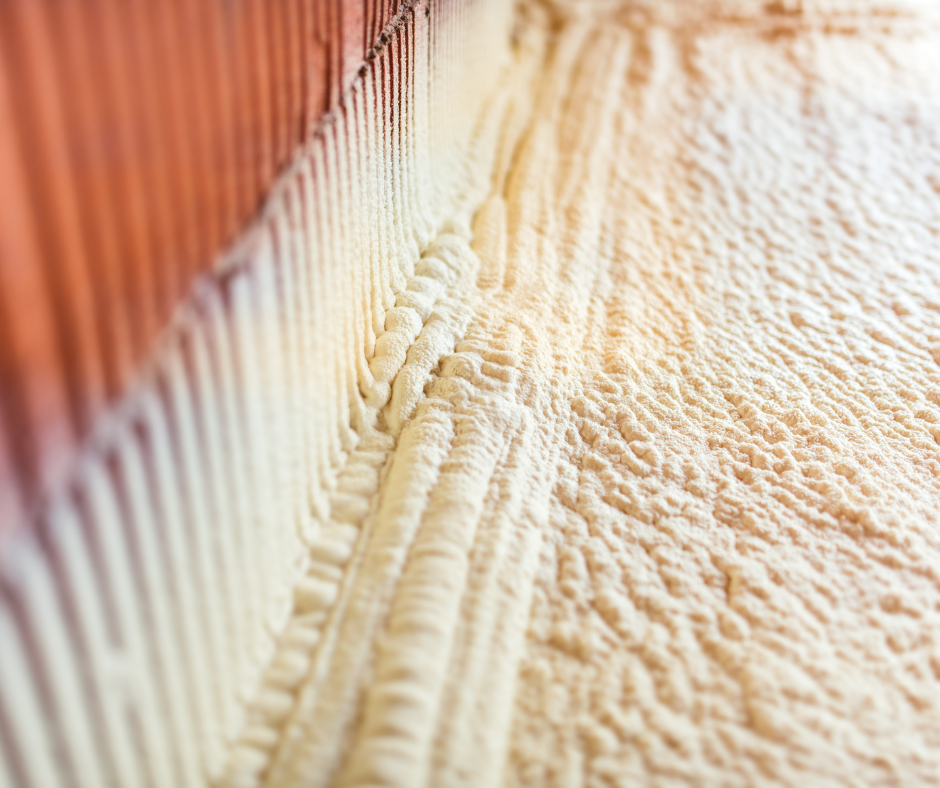
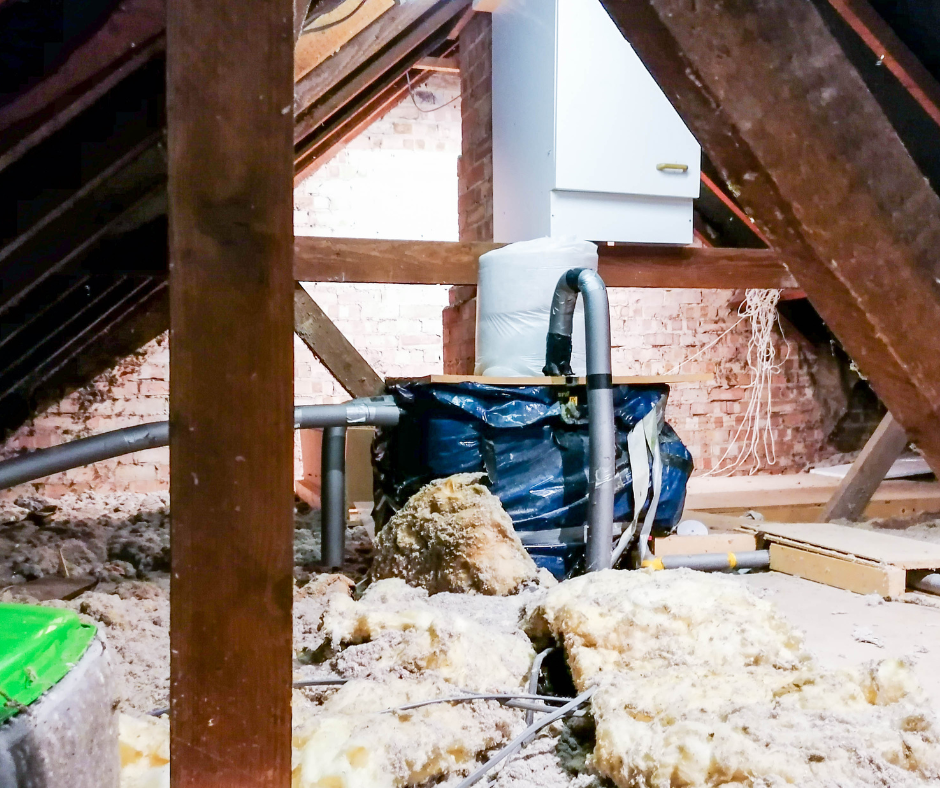
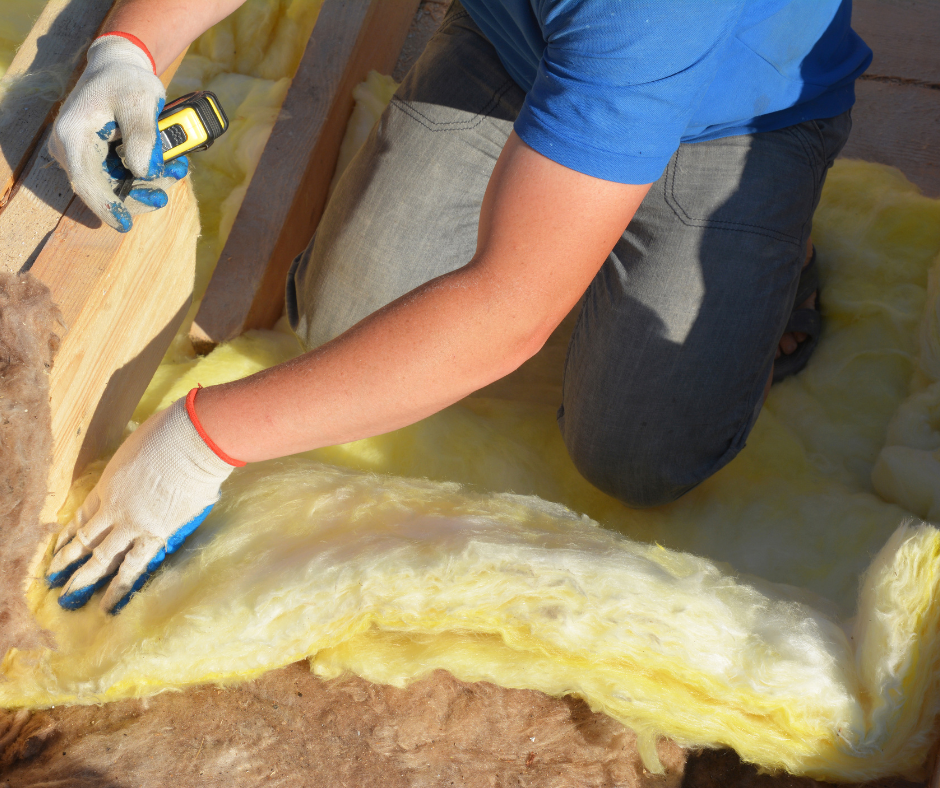
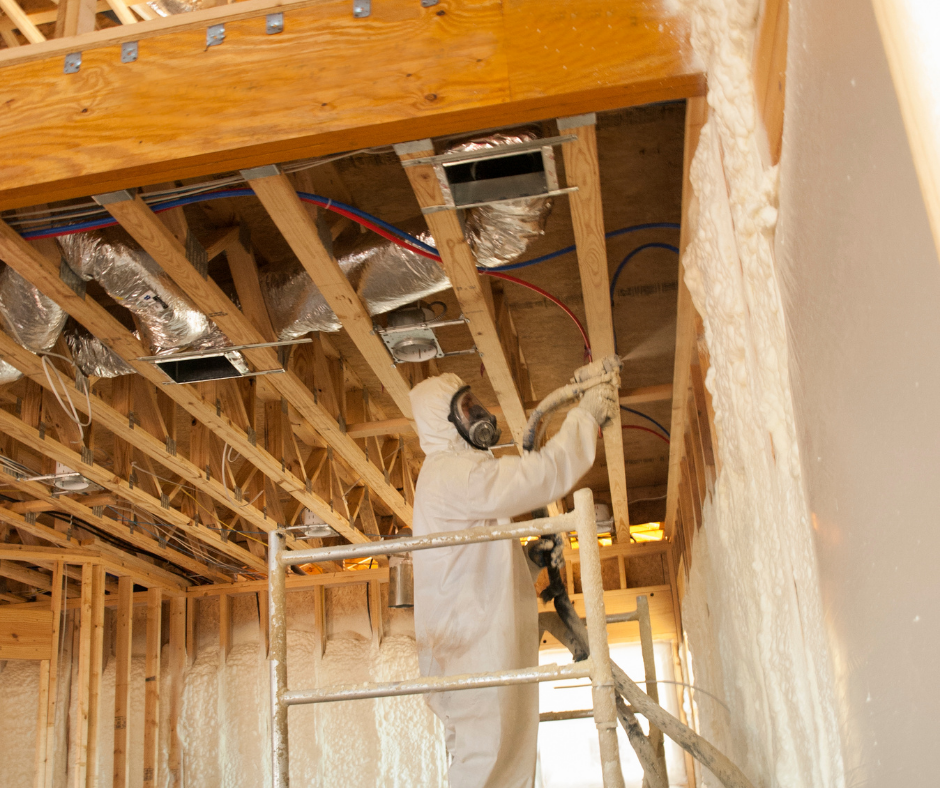
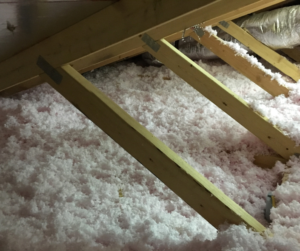 What Factors Influence the Cost Of Attic Insulation In Ottawa?
What Factors Influence the Cost Of Attic Insulation In Ottawa?